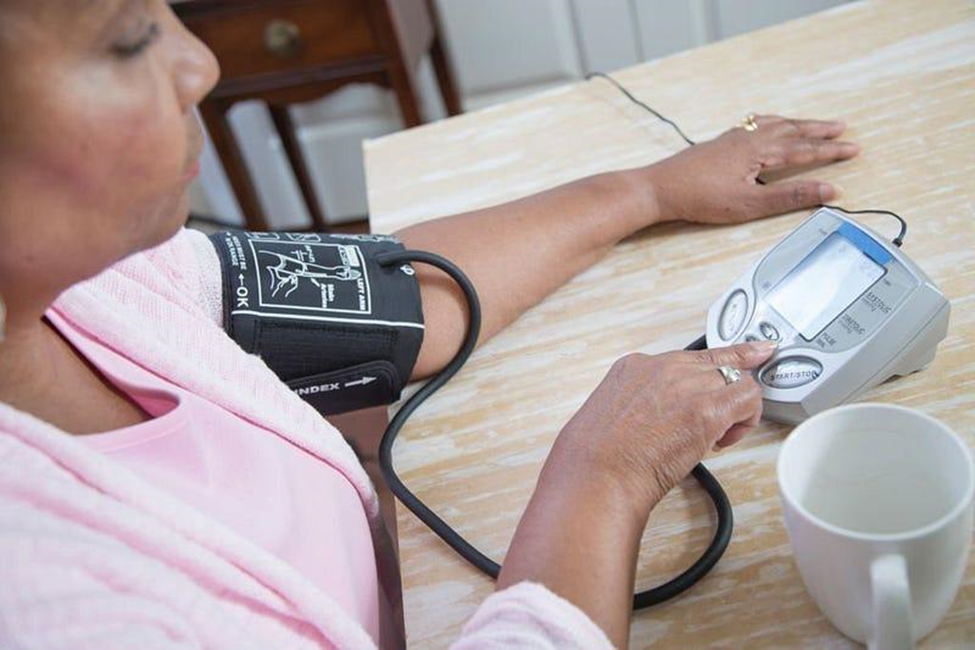Client Goal:
DebboAfrica wanted to raise awareness about how heart disease uniquely impacts women, including distinct symptoms, risk factors, and treatment needs. They aimed to position themselves as leaders in advancing women’s health awareness and providing tailored healthcare solutions.
My Contribution:
I researched gender-specific aspects of heart disease in women, including its symptoms, risk factors, and treatment approaches. I wrote an article that addressed these issues, emphasizing DebboAfrica’s commitment to delivering personalized healthcare solutions that cater to women’s unique needs.
The Result:
Within two months of publishing, the article increased blog traffic by 30%, with a 20% increase in engagement from women with heart disease and health-conscious individuals. This reinforced DebboAfrica’s position as a leader in advancing women’s health and providing tailored care solutions.
Symptoms, Risk Factors, and Treatment for Optimal Heart Health
Introduction
We all know someone who has been affected by heart disease. It is the leading cause of death worldwide and kills more women than all forms of cancer combined. Despite this, the perception that heart disease is a “man’s disease” persists. As a woman, it is essential to recognize that heart disease does not discriminate—it can strike at any age, and its symptoms and risk factors for women can differ from those for men.
In this blog post, we will explore the symptoms, risk factors, lifestyle remedies, treatment options, and the biological reasons why heart disease affects women differently.
Symptoms of Heart Disease in Women
The symptoms of heart disease can manifest differently in women than in men, and women are more likely to experience “silent” heart attacks, which may not be accompanied by the classic chest pain or discomfort. Instead, women may experience symptoms such as:
- Shortness of breath
- Fatigue
- Nausea
- Lightheadedness
- Pain in the back, neck, or jaw
Women may also be more likely to experience a condition known as “broken heart syndrome,” in which severe emotional stress leads to temporary heart dysfunction, causing symptoms that resemble a heart attack.

Risk Factors for Heart Disease in Women
The risk factors for heart disease in women are similar to those for men, but some are more prominent or unique to women. For example, smoking is a more significant risk factor for heart disease in women than in men, and women who smoke are twice as likely to have a heart attack compared to non-smokers. Women with polycystic ovary syndrome (PCOS) are also at increased risk, as are women who have undergone early menopause. Additionally, women with autoimmune diseases, such as lupus or rheumatoid arthritis, face a heightened risk of heart disease.
Lifestyle Remedies for Heart Disease in Women
Several lifestyle changes can significantly reduce the risk of heart disease in women. These include quitting smoking, maintaining a healthy weight, exercising regularly, and adopting a heart-healthy diet rich in fruits, vegetables, whole grains, lean proteins, and healthy fats. Women should also focus on managing stress through activities like yoga, meditation, or deep breathing exercises.
Treatment for Heart Disease in Women
Treatment for heart disease in women may differ from that for men, as women are often diagnosed at an older age and with more advanced stages of heart disease. Women may also have unique underlying causes of heart disease, such as microvascular disease or coronary artery spasms, which require specialized treatments.
Your healthcare provider will determine the most appropriate course of treatment, which may include medications like aspirin, beta-blockers, or ACE inhibitors, or procedures such as angioplasty or coronary artery bypass surgery.

References
- Mozaffarian, D., Benjamin, E. J., Go, A. S., Arnett, D. K., Blaha, M. J., Cushman, M., … Turner, M. B. (2016). Heart disease and stroke statistics-2016 update: a report from the American Heart Association. Circulation, 133, e38-e360.
- Woodward, M. (2019). Cardiovascular Disease and the Female Disadvantage. International Journal of Environmental Research and Public Health, 16(7), 1165.


